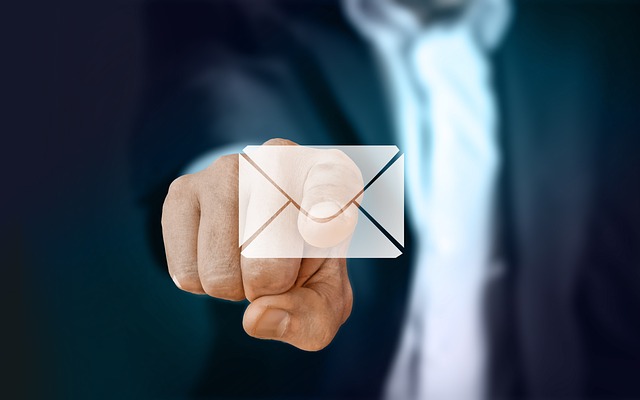Waiting for Your Email: For the Good of Humanity, Please Reply
What happened to service standards and communication etiquette? At the risk of sounding like my father (as he extolled the virtues of the good old days), I am mystified by the rapid deterioration of responsive communication and service urgency.
I suspect I’ve been blessed (and cursed) to have started my professional career working for companies and leaders who established clear, written communication expectations and insisted on reacting to customer needs, as “if your customer’s lives and your income depend upon it.”
Together let’s take a look at the frightful state of business communication today and explore some tangible action steps to take your service communication to the next level. As for focus, let’s keep this to a discussion of email.
Despite being much maligned, email communication continues to be the lifeblood of most businesses and principles that apply to it can be adapted (at least in part) for text, phone, and even incredibly old-fashioned vehicles like letters and hand-written notes.
Email Realities in 2018
When I write an email (from the perspective of a customer, vendor, colleague, or service provider) one of five things are likely to happen:
- I NEVER get a response and wonder if my email was received.
- I get a response but only after repeated follow-up emails.
- I get a response to part of an email, but I am left wondering if the email was read intently or in a cursory fashion.
- I get a response telling me that a more detailed answer is forthcoming.
- I get a thoughtful and helpful response.
I am fine with either of the last two outcomes, but unfortunately, I’m finding (and I assume it’s happening to you as well) that the first three realities are occurring with increased frequency. Alas, all too often it is no response, partial response, or a delayed response after incessant follow-up. It’s difficult enough to deal with those realities when I am a vendor, but when I am a customer I start thinking someone else must want to serve me more!
Written Service Standards
From my vantage point, the first step in combating this trend is to establish within your organization some minimum email response standards. For The Michelli Experience, all team members agree to the minimum standard of responding to emails within 24 hours of receipt (or the next business day, if a weekend).
Remember this is a MINIMUM standard and applies to all inbound emails. The quality of responses can be as simple as, “Thank you for your email. I am seeking information to answer your inquiry and will be able to provide you an update by…” We’ve also established separate communication standards for peer-to-peer emails since failing to be responsive to one another can result in compounded delays for customers.
Celebrating Extraordinary Responsiveness
Often we win business because someone on our team was inordinately responsive to a customer or we retain business because existing customers enjoy consistently timely email follow-ups. We celebrate these victories at the start of our weekly business meetings in the form of peer “Wow Story” sharing. It is not unusual to hear one team member celebrate another for the speed and thoroughness with which they responded to a colleague or customer. We are in the people business, and people need swift communication.
The Quick Tips List
So now I’ll assume you have crafted written email standards, have leaders coaching their teams to deliver against those standards, addressed performance issues, and celebrated communication urgency. What else is there to do?
How about leading by your own actions and communicating important elements of email effectiveness (also referred to as email etiquette). Here are some of my quick tips:
- Provide informative subject lines.
- Use a professional salutation. (This is truly a dying convention!)
- Be concise.
- Assume the reader’s vantage point.
- Proofread before clicking send. (Okay, I have some work to do on this one.)
- Respond to everyone that isn’t spam or unwanted solicitations.
- Go sparingly on humor and abbreviations.
- Let intense emotions wane before sending an impulsive response.
- Imagine the email will go viral and edit accordingly.
- Sign the email.
What would you add to this list?
Communication Is Business
The volume of communication we receive today can be daunting, but that’s no excuse for failing to respond before your customer begins to worry (worry you didn’t get the message or worry that you don’t care).
That said, I am on the side of Jan Koum (a Ukrainian – American technology innovator responsible for WhatsApp). Jan once said, “Communication is at the very core of our society. That’s what makes us human.” So. I say let’s be human in our use of a powerful business communication tool (email) and not excuse ourselves for neglecting or ignoring one another!
If you’d like to learn more about how to elevate communication effectiveness and service urgency in your organization send us an email or set-up an appointment to speak with me.

Joseph A. Michelli, Ph.D. is a professional speaker and chief experience officer at The Michelli Experience. A New York Times #1 bestselling author, Dr. Michelli and his team consult with some of the world’s best customer experience companies.
Follow on Twitter: @josephmichelli




